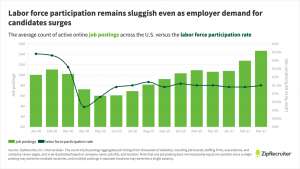45% of responses require additional resources and can harm customer trust in the business.
Proactive customer service is generally very popular with consumers, one study by InContact found it had an 87% approval rate. This makes it very popular among marketers, who find it useful for increasing sales and reducing customer churn. However, a poorly executed effort can cause considerable harm by confusing customers and increasing costly assisted-service contacts.
What it is. This type of customer service uses AI-enabled CRM to alert customers to developments that are of direct interest to them. These can include an upcoming product renewal, something that needs to be updated – like payment info – or repaired, and new features or options. Most of which can be handled through automated channels. A separate Gartner survey found that this can increase customer loyalty by as much as 9%.
A full 66% of B2C customers and 82% of B2B customers who are contacted for proactive customer service follow up with the company, according to a new Gartner survey. Unfortunately, of those, only 37% are for positive reasons, such as responding to a company request or to get more information about a product.
The problem. Unfortunately, almost half (45%) of responses are for reasons that are problematic for either the consumer or the business. These are people calling either because they aren’t clear how to resolve the issue on their own, want to be reassured that the problem has been resolved or to be sure that the outreach wasn’t some sort of scam.
These are all questions that can erode customer trust in the company. Additionally, these responses cannot be handled automatically, but only by discussion and direction from a member of the customer service team, adding to expense. Another issue is that all these calls can cause long wait-times, further lowering the customers’ overall satisfaction.
About 10% of BC2 customers and 24% of B2B customers follow up after proactive outreach to verify the message they received was genuine. There is a simple way to cut down on the number of these requests. All outreach should come from a phone number or email address easily verified as belonging to the company. Also, they should include links to a secure portal where customers can verify the issue.
Why we care. In the end all companies sell the same thing: Trust. Each customer interaction has an impact on that. Unfortunately, trust is only gained slowly but can be lost quickly. Anticipating problems like these and allocating appropriate resources is essential.
The post How to plan for problems with proactive customer service appeared first on MarTech.
MarTech(34)





